
Tata Steel Unveils its Plans for the Coming Years Ahead
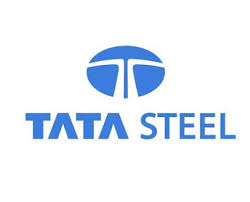
While the ongoing expansion projects will increase the company’s existing capacity to 24.6 MnT by 2022, remaining 5.4 MnT is likely to be added via mergers and acquisitions.
The company’s acquisition plans have been aided by the insolvency proceedings of steel companies that are being carried out in India since last year. In May’18, Tata Steel made one of its biggest purchase by buying insolvent Bhushan Steel Ltd. The steelmaker in September acquired smaller peer Usha Martin Ltd. as it looks to double capacity by 2022 and is also planning to expand its Kalinganagar plant capacity in Odisha.
Tata Steel’s top management has highlighted the key target of the company to consolidate its leadership position in India via both organic and inorganic expansions. The company’s overseas operations will contribute about 7% to the consolidated business compared to 44% now. It has also been added that the company is not willing to match a higher bid of JSW Steel for Bhushan Power and Steel Ltd and that the company will be focusing more on deleveraging.
Tata Steel said it is aiming at INR 27,000-crore debt reduction and a peak debt of INR 95,000 crore by the financial year 2019-20. This will be aided by the completion of the European joint venture and sale of certain non-core assets along with the focus on sourcing its capex from internal accruals and not increasing the gross debt.
The other key highlights of the plans involve, creating a sustainable portfolio in Europe and generating higher operating cash flows. Increasing the volume mix of end products from 20% to 30% by 2025. This will help lower volatility of spreads and boost blended margin in long term. Pursuing several initiatives to insulate revenues from steel cyclicality—correlated to the state of the economy and to grow beyond steel into new materials like graphene, carbon fibre reinforced polymer, advanced ceramics, etc.

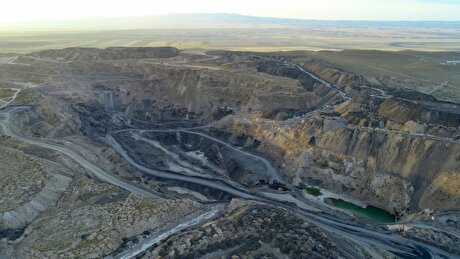
Uzbek gold miner said to eye $20 billion value in dual listing

Peabody–Anglo $3.8B coal deal on the brink after mine fire

A global market based on gold bars shudders on tariff threat
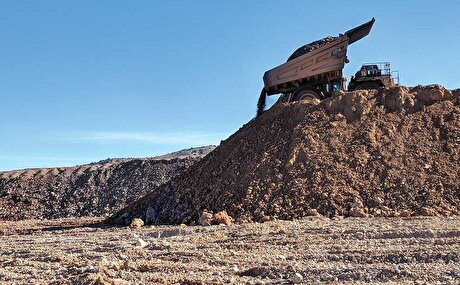
Minera Alamos buys Equinox’s Nevada assets for $115M
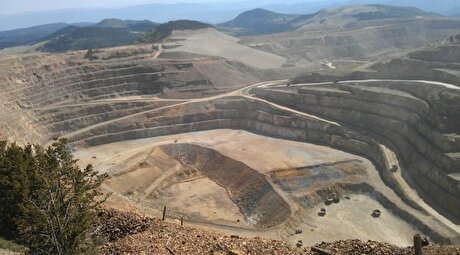
SSR Mining soars on Q2 earnings beat

Century Aluminum to invest $50M in Mt. Holly smelter restart in South Carolina
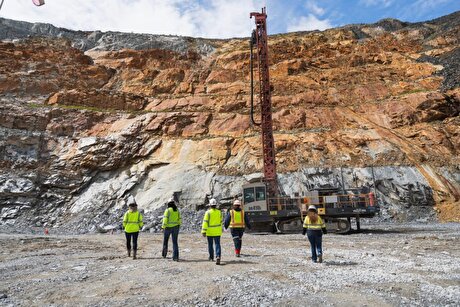
OceanaGold hits new high on strong Q2 results
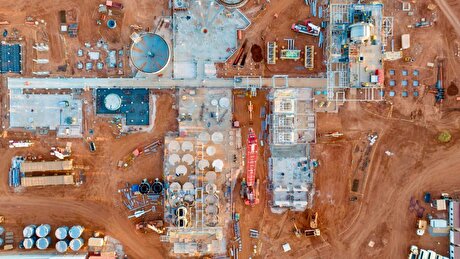
Australia to invest $33 million to boost Liontown’s Kathleen lithium operations

China limits supply of critical minerals to US defense sector: WSJ

Antofagasta posts biggest profit margins since 2021
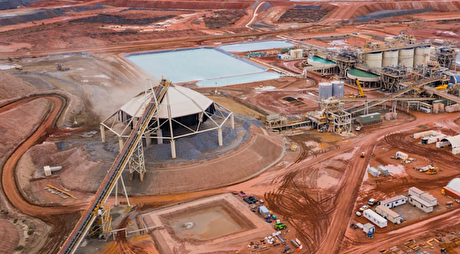
Gold Fields nears $2.4B Gold Road takeover ahead of vote

US startup makes thorium breakthrough at Department of Energy’s Idaho National Lab
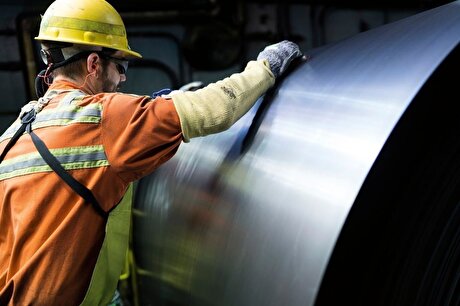
Cleveland-Cliffs inks multiyear steel pacts with US automakers in tariff aftershock

Bolivia election and lithium: What you need to know
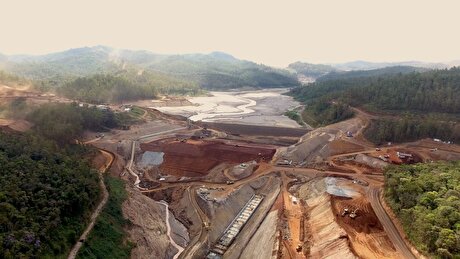
Samarco gets court approval to exit bankruptcy proceedings
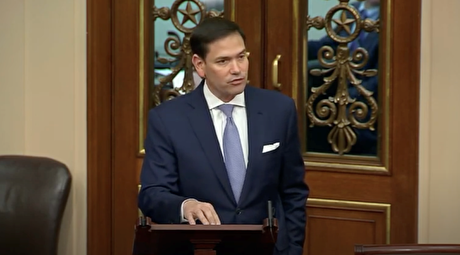
US eyes minerals cooperation in province home to Reko Diq
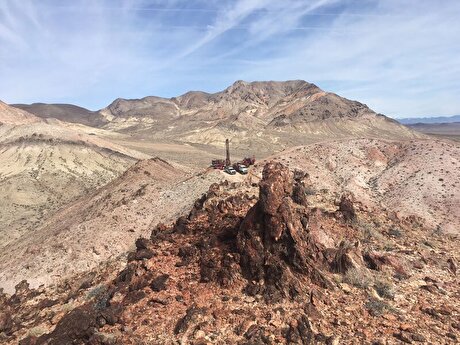
Allegiant Gold soars on 50% financing upsize

Explaining the iron ore grade shift

Metal markets hold steady as Trump-Putin meeting begins

Antofagasta posts biggest profit margins since 2021

Gold Fields nears $2.4B Gold Road takeover ahead of vote

US startup makes thorium breakthrough at Department of Energy’s Idaho National Lab

Cleveland-Cliffs inks multiyear steel pacts with US automakers in tariff aftershock

Bolivia election and lithium: What you need to know

Samarco gets court approval to exit bankruptcy proceedings

US eyes minerals cooperation in province home to Reko Diq

Allegiant Gold soars on 50% financing upsize

Explaining the iron ore grade shift














